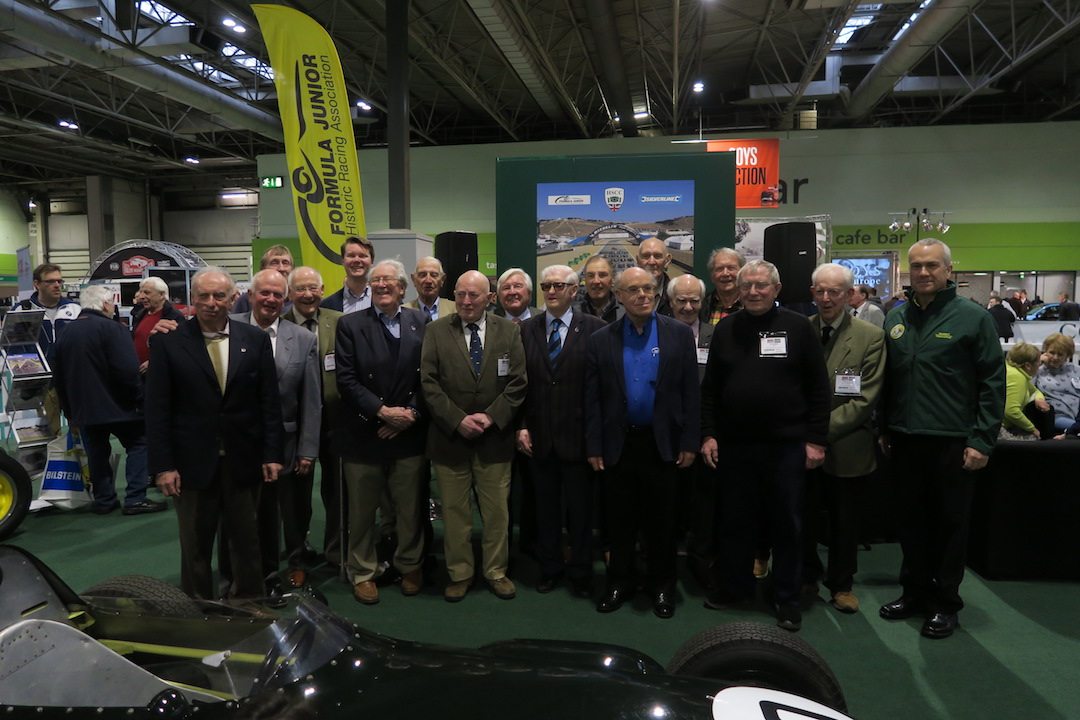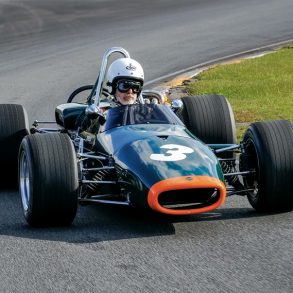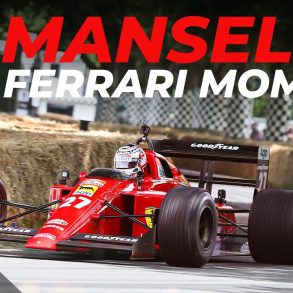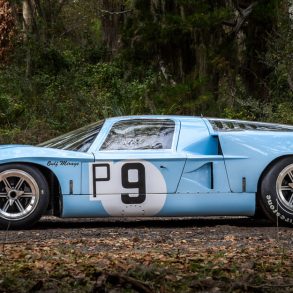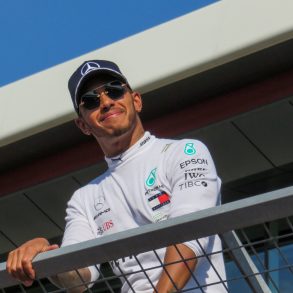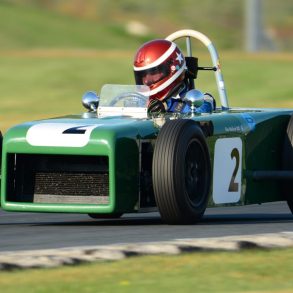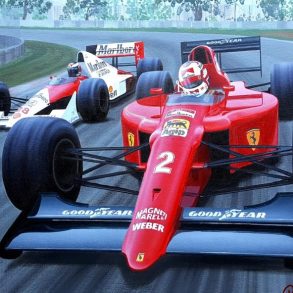Since 1991 those involved in motor racing, be they competitor, engineer, manufacturer, organizer or enthusiast, have made an annual pilgrimage to Birmingham’s NEC for the Autosport International, or more commonly known as The Racing Car Show. It is the first major international event in the UK’s motorsport calendar where like-minded people gather to exhibit, discuss, network or even meet some of the heroes of the track. Over the years, like the industry itself, the face of the show has changed. Last year new owners Motorsport Network had not had sufficient time to stamp their own particular branding on the event, so visitors were more or less hidden from the change. Visiting the 2018 event it became evident that the new regime had fine-tuned the show to express their corporate model. My own personal opinion, in fact that of many others I’ve spoken to post event, asks why fix something that’s not broken?
While not wishing to pour scorn on the show, I felt there was problematic organization. It seemed the stands and exhibits had been put into a pot, shaken and littered over the floors of the NEC Halls. Again, like others, I thought the show lacked that certain atmosphere and enthusiasm of former years. Now, coming from more of a historic rather than modern form of motor racing, I wanted to make sure I was at the HSCC stand for the 60 years of Formula Junior celebrations. Unfortunately, with the seemingly liberal scattering of stands and the layout plans in the halls conflicting with those in the guide the photo-shoot of the lineup of drivers was over and done with prior to my finding the location. Thankfully, former VR European Editor, Ed McDonough had stumbled upon the location and took the all-important photo (above).
I’m sure the much younger petrol heads, or now “electric heads,” have embraced the move in dynamic from fossil-fuelled racing cars to more alternatively fuelled machines much better than I. These ultra modern, sleek, computer-designed, state of the art, cutting edge racers sprayed in various luminous and corporate liveries all seem a very similar shape and style. An interesting experiment would be to take a grid full of these cars were simply sprayed black, drivers would wonder which car was their steed? If current technologies are your bag then this is the show for you.
Enough of the negative report, there were fragments that appealed. Greeting and networking with those who we meet in the paddocks of race meetings throughout the season is always a joy, and there were a good number of those. Once found, the HSCC display presented a fine exhibit of Formula Junior cars. Other displays included a number of historic British Touring Car Championship cars as the national series also celebrates its golden anniversary in 2018. The Coy’s Auction had a number of fine lots and while not the most expensive car on offer, one that drew the eye was the 1959 MG Milano. The model displayed was the first Milano MG built by Bruce Leer in 1959 using a Ferrari Monza styled open top Milano coachwork on an MG J2 chassis. Constructed by renowned specialists JWF Glass-Fibre Industries (Australia) the Milano bodywork looked faithfully restored. Powered by the TC engine running twin 1.5-inch SUs it is driven by a close ratio MG TC gearbox, the TC diff housing with a modified A series diff center. Some of our Antipodean readers may recall the Milano MG making its first competition appearance early in 1960 at Gnoo Blass circuit Orange, New South Wales, Australia. By 1961 the Milano MG held the under 1500cc lap record at Warwick Farm, and had bettered a top speed of 107 mph recorded on Con Rod Straight at Bathurst, and is reported to have achieved 120mph at Orange.
Cutting the ribbon to open the show and engaging with visitors was “Il Leone” himself, the 1992 F1 World Champion and 1993 Indycar champion, Nigel Mansell. In his usual style he entertained the crowd with his thoughts on some of the most controversial and unique incidents of his career and looked forward to the forthcoming F1 season giving his personal views of those who might make it and those who will struggle. With a quarter-century having passed since Mansell Mania hit the racing world, there is a generation that will ask, Nigel who?
Another star name making an appearance was Gil de Ferran, who was U.S. Indycar champion in 2000 and 2001 and won the 2003 Indianapolis 500. In 2017, he coached Fernando Alonso when the McLaren-Honda driver decided to compete in the Indy 500. When interviewed about his role with Alonso he said, “My job was not to teach him how to drive but to try and give him as much information as I could to speed up his adaption to the track. And he was up to speed pretty much immediately. Fernando is a very complete racing driver. His attention to detail is enormous. He is good with the team and with controlling his own emotions.” With a plethora of stars from the modern era from all forms of motorsport the stage was always well attended and kept the interest of many fans.
In closing, being an enthusiast of a sport driven by technological advancement it is some of those changes that over the years have significantly altered the whole face of that which we became used to and embraced. My individual era is now set in history and indelibly marked, but time and the sport marches on for future enthusiasts, so perhaps it’s not The Racing Car Show that has changed, it’s conceivably me who’s simply got older and become too set in my ways.


